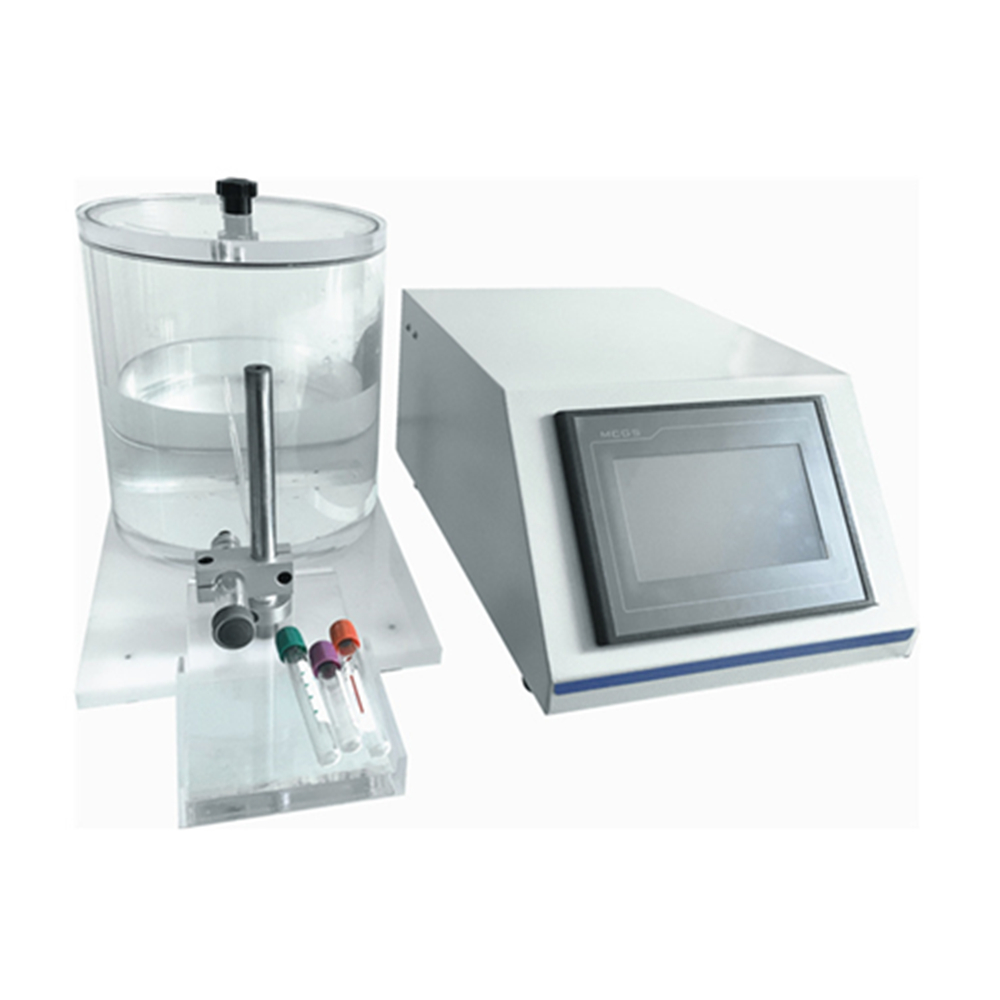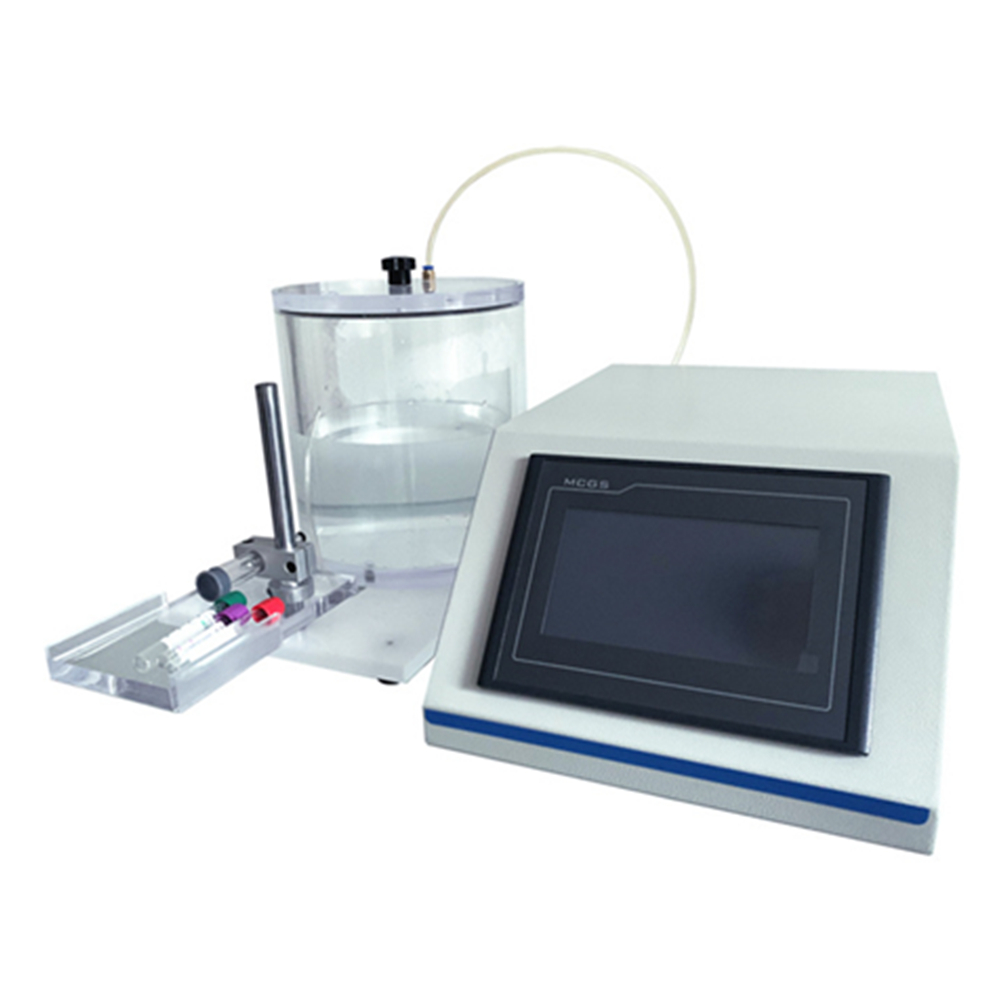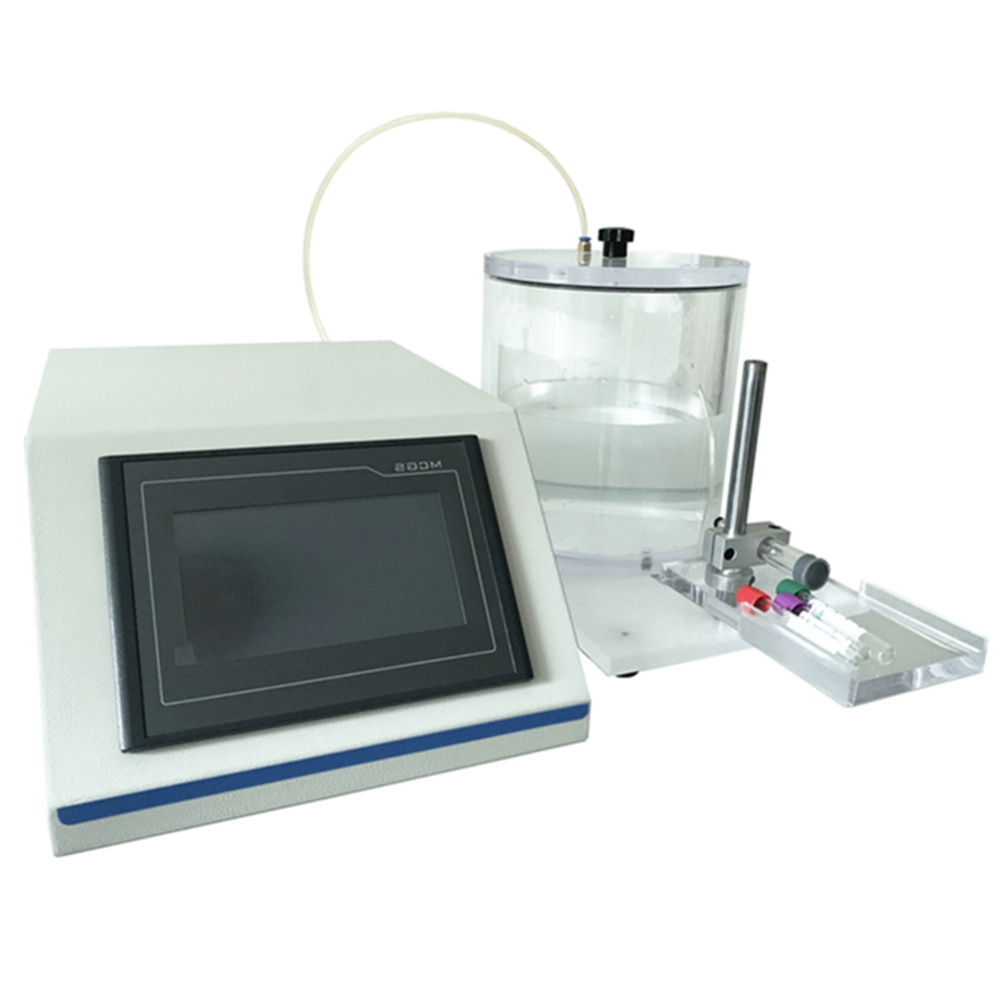

What factors affect the vacutainer drawing volume?
When collecting blood samples using evacuated tubes, various factors can influence the volume of blood drawn. Understanding these factors is crucial for ensuring accurate and reliable sample collection. Let’s look into three key factors that affect the drawing volume of evacuated tubes: Temperature, Altitude, and Humidity.
1.Temperature (T):
Temperature plays a significant role in the pressure of the gas inside evacuated tubes. Storing tubes at low temperatures decreases the gas pressure, resulting in an increase in draw volume. Conversely, higher temperatures can lead to reductions in draw volume, impacting the stability of certain tube additives.
2.Altitude (A):
At high altitudes, the ambient pressure is lower than at sea level. This difference affects the pressure of the residual gas inside the tube during filling, leading to a correspondingly lower draw volume. Studies have shown that draw volumes decrease by approximately 0.5 mL for every 1000 m gain in terrestrial elevation, presenting challenges such as insufficient blood volume for testing and the risk of air embolism.
3.Humidity (H):
Humidity levels can affect plastic evacuated tubes due to their higher permeability to water vapor compared to glass. Very high humidity conditions may cause water vapor migration inside the tube, potentially compromising moisture-sensitive additives. Conversely, very low humidity conditions can accelerate water vapor escape, which might compromise the accuracy of clinical results stored under such conditions.
Why is vacutainer altitude simulation test important for manufacturers?
The Vacutainer altitude simulation test holds significant importance for manufacturers of evacuated blood collection tubes due to several key reasons.
1. By conducting altitude simulation tests, manufacturers can assess how their tubes perform under varying atmospheric conditions, allowing them to make necessary adjustments to maintain product efficacy.
2. Conducting altitude simulation tests helps manufacturers demonstrate compliance with regulatory requirements, ensuring that their products meet quality and safety standards.
Vacutainer Draw Volume Tester Working Principle
When a vacutainer tube is placed into the RDVT-01 drawing volume tester holder, the inner needle punctures its rubber cap, allowing the vacuum within the tube to draw water through the needle and into the tube. Once the tube is filled, it can be taken out, and another can be inserted and filled using the same process. The volume of air removed from the tube determines the quantity of blood that will fill it before the flow stops.
How does a the RDVT-01 Vacutainer Draw Volume Test Benefit user?
The tester provides several benefits to the user due to its design and features:
- Industrial-Level Stability: Being PLC controlled ensures industrial-level stability, meaning the unit operates reliably and consistently even in demanding environments. This stability is crucial for ensuring accurate and repeatable test results over time.
- HMI Touch Screen Operation: The HMI touch screen interface enhances user experience by offering intuitive and user-friendly operation. Users can easily navigate through the system, set parameters, and monitor the test process with minimal training required.
- Convenience and Digital Input: The tester offers convenience through digital input, simplifying the process of inputting data and parameters. This reduces the likelihood of errors and streamlines the testing process, ultimately saving time and effort for the user.
- Automatic Pressure Control: The system automatically maintains constant vacuum in response to changes in the liquid level within the tank. This feature ensures the accuracy of the test by eliminating fluctuations in pressure that could affect the results. Users can trust that the test conditions remain consistent throughout the duration of the test, leading to more reliable and precise outcomes.
- Embedded Vacuum Pump: By incorporating a vacuum pump within the unit, the tester saves space and eliminates the need for users to purchase and install an additional pump separately. This lowers costs for the user, making the system more economical and efficient.
Specifications
Vacuum degree 0~-40 KPa (Similar to altitude 3600m)
Control PLC and human machine interface
Power 220V, 50/60Hz
Standards
The RDVT-01 Vacutainer Drawing Volume Tester, also know as blood collection tube altitude simulation test system, is designed to test the blood volume that can be automatically drawn by vacuum blood tubes, ensuring accurate measurement of liquid volumes for medical testing purposes
Configuration
Main machine, vacuum chamber, vacutainer holder, fuse, power cord
Software, microprinter, etc

